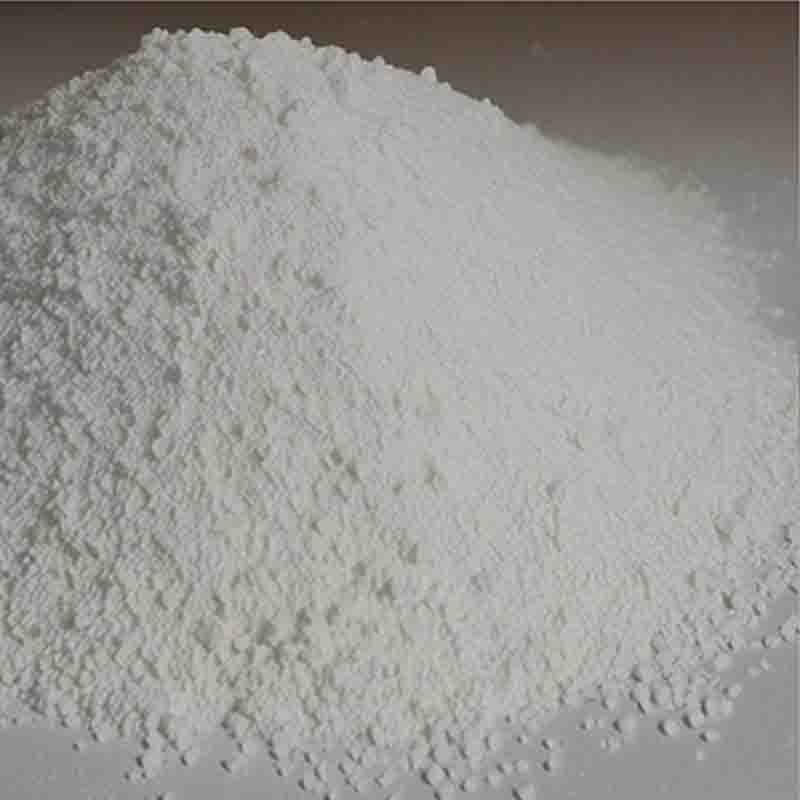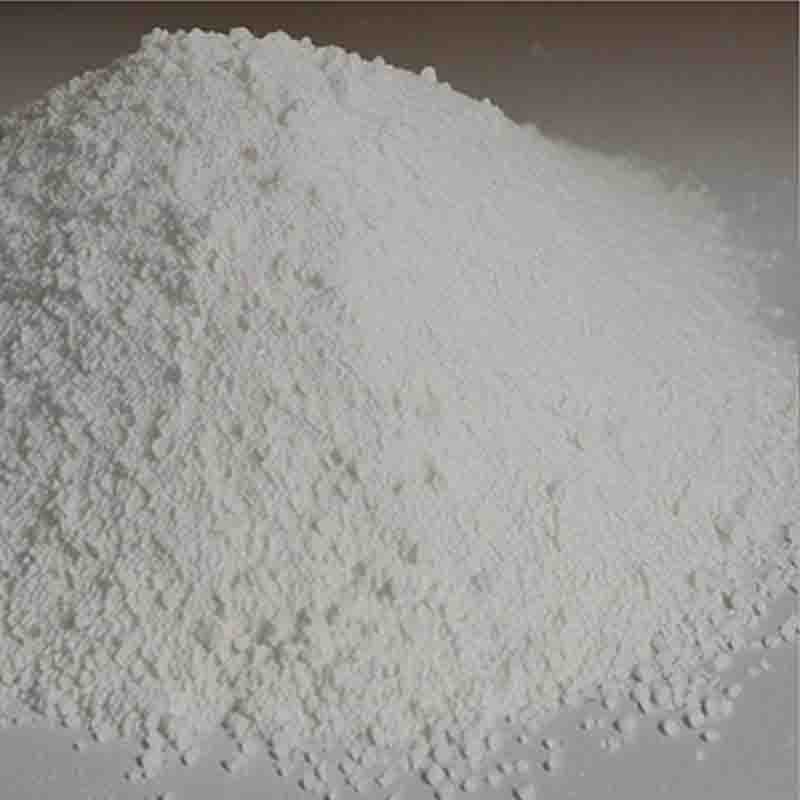Carbonyldihydrotris(triphenylphosphine)ruthenium CAS: 25360-32-1
| Catalog Number | XD94419 |
| Product Name | Chlorocyclopentadienylbis(triphenylphosphine)ruthenium(II) |
| CAS | 32993-05-8 |
| Molecular Formula | C41H35ClP2Ru |
| Molecular Weight | 726.19 |
| Storage Details | Ambient |
Product Specification
| Appearance | White powder |
| Assay | 99% min |
Chlorocyclopentadienylbis(triphenylphosphine)ruthenium(II), often abbreviated as RuCl(Cp)(PPh3)2, is an organometallic complex that finds application as a catalyst in various chemical reactions. It belongs to the class of ruthenium(II) complexes and is prized for its reactivity and versatility.One of the primary uses of RuCl(Cp)(PPh3)2 is in catalytic transfer hydrogenation reactions. Transfer hydrogenation is a valuable method for reducing unsaturated organic compounds without utilizing molecular hydrogen. In this process, a stoichiometric hydrogen source, typically an alcohol or formic acid, is used to transfer hydrogen to the substrate under the catalytic influence of RuCl(Cp)(PPh3)2. This reaction enables the selective reduction of functional groups like ketones, aldehydes, imines, and olefins, thereby providing a versatile tool in synthetic organic chemistry.RuCl(Cp)(PPh3)2 also plays a crucial role in olefin metathesis reactions. Olefin metathesis is a process wherein carbon-carbon double bonds are rearranged to form new carbon-carbon double bonds, enabling the creation of new organic compounds. RuCl(Cp)(PPh3)2, along with a co-catalyst, activates the double bond of the olefin, leading to the formation of a reactive metal-alkylidene complex. This complex further reacts with another olefin, resulting in the rearrangement and formation of new carbon-carbon bonds. Olefin metathesis is a valuable tool in various fields, including pharmaceuticals, petrochemicals, and polymer synthesis.Furthermore, RuCl(Cp)(PPh3)2 is employed as a catalyst in various cross-coupling reactions. Cross-coupling reactions involve the formation of carbon-carbon or carbon-heteroatom bonds by combining two or more reactants. RuCl(Cp)(PPh3)2 facilitates the coupling of aryl or vinyl halides with a variety of nucleophiles, such as organometallic reagents or organoboron compounds. This enables the synthesis of complex organic molecules and plays an essential role in the development of pharmaceuticals, agrochemicals, and advanced materials.Another important application of RuCl(Cp)(PPh3)2 is in the catalytic activation of C-H bonds. C-H activation involves the transformation of usually unreactive C-H bonds into new functional groups. RuCl(Cp)(PPh3)2, along with appropriate additives, can activate C-H bonds, enabling the synthesis of valuable compounds without the need for prefunctionalized substrates. This method has significant implications in the design of more efficient and sustainable chemical syntheses.In summary, RuCl(Cp)(PPh3)2 is a valuable and versatile catalyst in organic chemistry. Its applications in transfer hydrogenation, olefin metathesis, cross-coupling reactions, and C-H activation make it a powerful tool for synthetic chemists. The reactivity and selectivity of RuCl(Cp)(PPh3)2 contribute to its usefulness in various synthetic transformations, facilitating the efficient synthesis of complex organic molecules for a wide range of applications.








![2-ethyl-2-[[(1-oxoisooctadecyl)oxy]methyl]-1,3-propanediylbis(isooctadecanoate) CAS:68541-50-4](https://cdn.globalso.com/xdbiochems/白色粉末2784.jpg)
